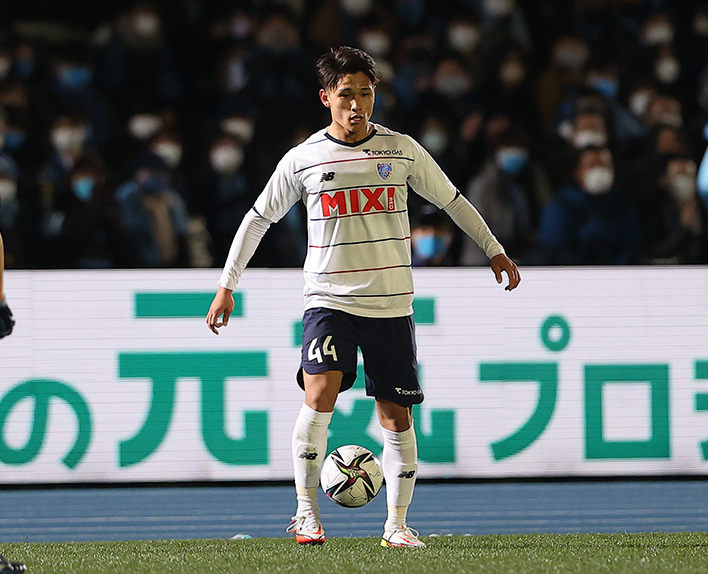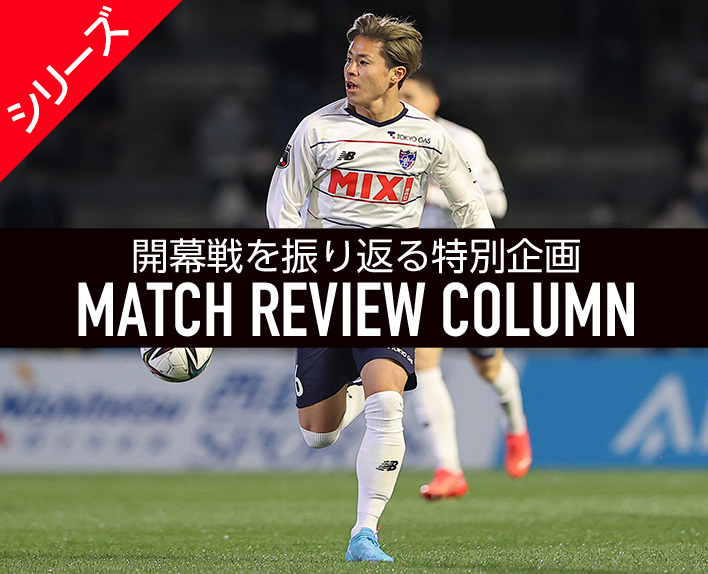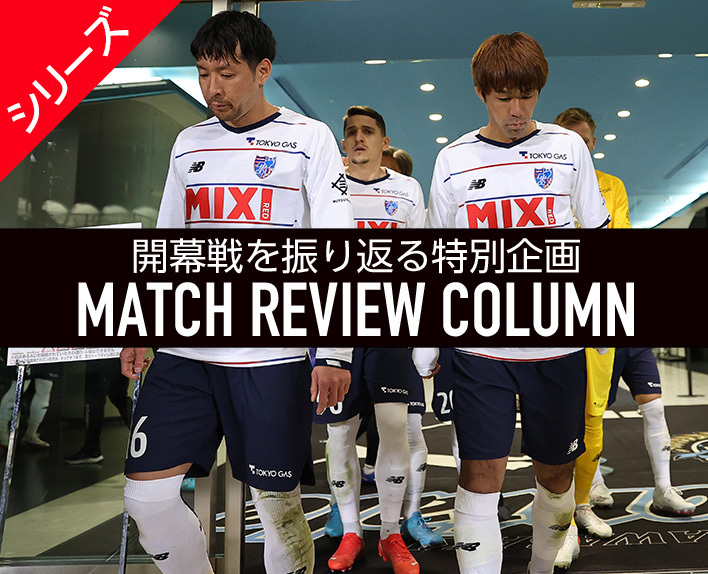The aroma of new wine. The 'appointment' of Coach Albert PUIG ORTONEDA highlighted the path to take.
When it comes to positional play, it often seems like something incredibly difficult, but much of what Coach Albert PUIG ORTONEDA conveys to the players is actually quite simple. Among other things, he emphasizes that players should take positions that do not overlap with each other, akin to the basics of the game. This means ensuring that positioning does not overlap on both the vertical and horizontal axes.
When you are not used to it, you may find it difficult to take this position. You need to make sure you can do it smoothly without overthinking it.
There will be differences in the degree of understanding or adaptation in this regard. Essentially, the members chosen as starters can be considered skilled at taking this optimal position.
One of them is Ryoma WATANABE.
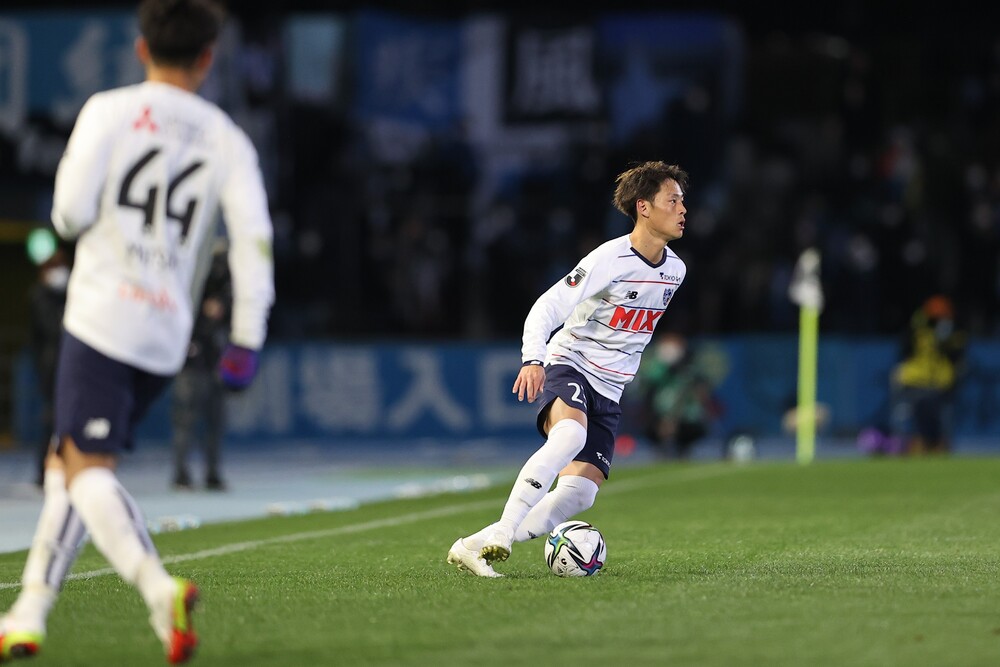
In the practice match against Kyoto SANGA F.C. on January 29, Watanabe, who appeared as the left back in the second set, started as the right back in the match against FC Ryukyu on February 2. We, the local reporting team, were excited. Coach Albert PUIG ORTONEDA is serious about this. It's not just a remnant of last year's emergency conversion; he is considering it as his main position.
In this match, the right winger in front of Watanabe is Kensuke NAGAI. He is also a player with high soccer IQ, so the interchange on the right side was smooth.
On the other hand, the left winger at this time was Adailton. The Brazilian attacker tends to move relatively freely. This becomes a weapon, and there is no problem with that, but those around him need to adjust accordingly. And the left inside half at this time was Kuryu MATSUKI.
Matsuki was also a player in the second set against Kyoto. His position remains as the left inside. Similar to Watanabe, he was selected as a starter for the match against Ryukyu. The same goes for the match against Hokkaido Consadole Sapporo on February 5.
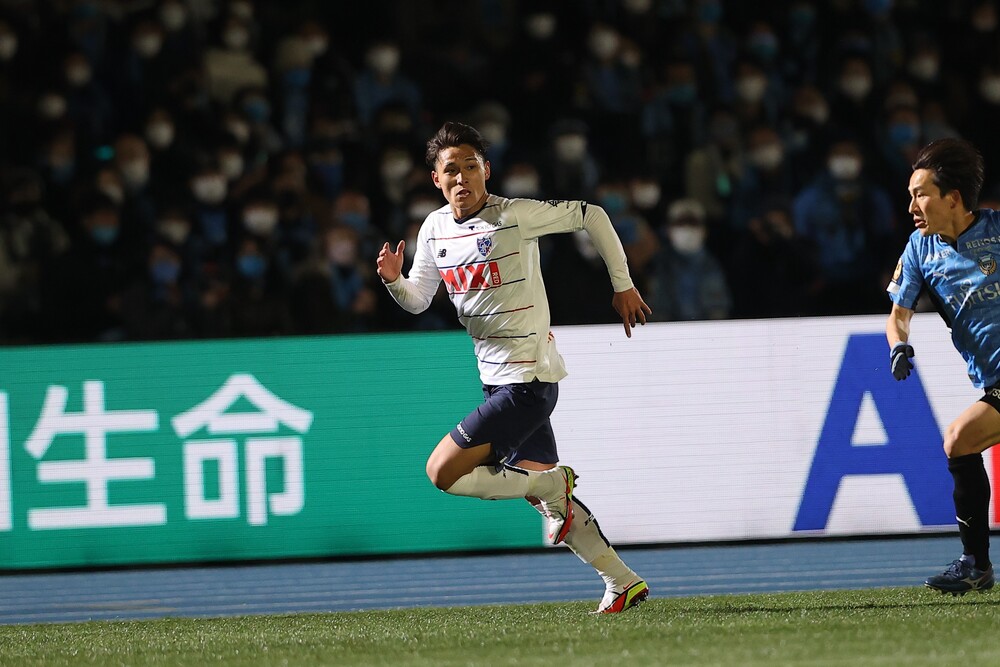
In the opening match against Kawasaki Frontale, instead of teaming up with Adailton, Leandro moved to the right position. It may have been effective that he had become accustomed to working with Brazilian players during the camp. These two collaborated on the right side, making good use of Leandro. In fact, most of the passes they made were from Watanabe to Matsuki and from Matsuki to Watanabe. The next player Matsuki passed to the most was Leandro.
"I communicate with Ryo-ma-kun during practice matches and training. When Leandro goes inside, I go outside, and when I position myself outside, I take a position in between inside."
Matsuki said this after the match against Kawasaki: Leandro was aware of the position that made it easier for him to play soccer. The dedication of Watanabe and Matsuki is likely related to Leandro taking the most shots in the team during this match, with a total of 4.
Let's take a closer look.
In the first minute, you can see Nagai moving wide to the left, allowing Ryoya OGAWA, who is advancing through the middle (half-space) with the ball, to pass. Meanwhile, on the right, Matsuki creates space by shifting vertically in response to Takuya AOKI's advance. The cooperation between these smart players was smooth. If you focus on how the full-backs, midfielders, and wingers coordinate and change their positions, Albert Tokyo becomes interesting.
<1 Minute Scene>
In particular, at this stage, I am still a beginner in positional play, and practical Katakana English should be easy to understand, making the intentions of movements clear and enjoyable even for those who are not tactical enthusiasts.
In other words, the lack of skill in footwork and the clarity of movement allow one to grasp the initiative simply by adopting a competitive stance in the territorial battle, reflecting the superiority of Albert PUIG ORTONEDA's soccer. The aroma of this new wine can only be savored "now." As it matures, it will become better and the flavor will change. Let's watch the opening match repeatedly.
"Once again, the path we should pursue is the journey expressed today."
I want to savor the meaning of the words left by Coach Albert PUIG ORTONEDA. It may be an unpaved beast path, but the course is clear.
In terms of coordination with Leandro, it starts at the 11th minute when he moves outside in response to the opponent's back line, number 20, and Matsuki's attentiveness is always felt. At the 14th minute, Matsuki takes on a wing-like role for Leandro, who is positioned just behind the forwards. Then at the 24th minute, Nagai moves inside and creates a scoring opportunity for Leandro with a one-two pass with Matsuki. The entire team is making use of the Brazilian players.
Then, in the 28th minute, Nagai broke through on the far left. Although the team was spread out in a formation close to the initial setup in five lanes, as Nagai cut inside, the left inside half, Shuto ABE, narrowed in further, bringing Yasuto WAKIZAKA forward. Additionally, as Leandro and Diego OLIVEIRA attracted the attention of the other players, Matsuki, who had also narrowed in from the right, found space for a shot from distance. I think we can say this was a scene where Albert Tokyo was coming into view.
Scene at 28 minutes
Is it a bold strategy to use Watanabe, originally an offensive player, as a full-back?
Is starting the rookie Matsuki in the opening match a bold strategy?
What do you think?
Although there were many players absent, wasn't this the inevitable starting lineup for coach Albert PUIG ORTONEDA?
After the match against Kyoto on January 29, Coach Albert PUIG ORTONEDA praised Keigo HIGASHI's qualities, saying, "I believe he truly has the personality and character suitable for a number 10 inside half."
"The inside half is a position that requires a lot of physical activity, so I want to demand even more from the players, including him, who play as inside halves."
In this regard, the leading figure at FC Tokyo is of course Abe, but Matsuki is not falling behind. During the match against Kawasaki, there were moments when it seemed he was a bit less active, possibly due to overexertion, but he is running well and fighting hard. There were also instances during practice matches in camp where he blew opponents away with physical contact. Regarding his strength in one-on-one situations, he is more than capable of competing at a professional level.
Is it that Watanabe and Matsuki can play because they are part of Albert Tokyo, or is it precisely because of Watanabe and Matsuki that they can play? In any case, it is certain that Watanabe and Matsuki's participation made the image of Albert Tokyo more vivid at the opening match at Todoroki.
In the future, I plan to continue writing the Match Review on Aoiaka 20. Please take a look.
Text by Katsu Goto (Freelance Writer)
